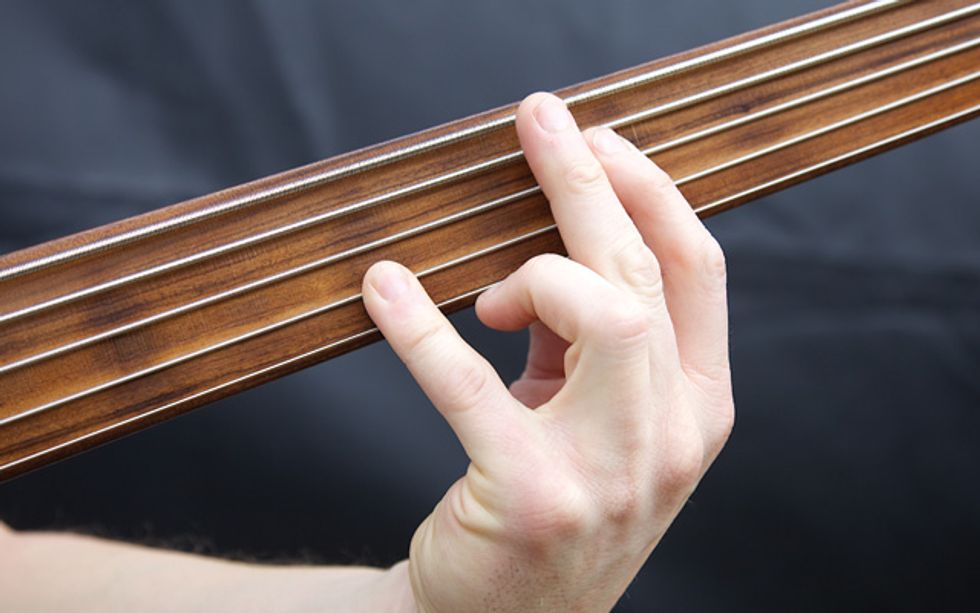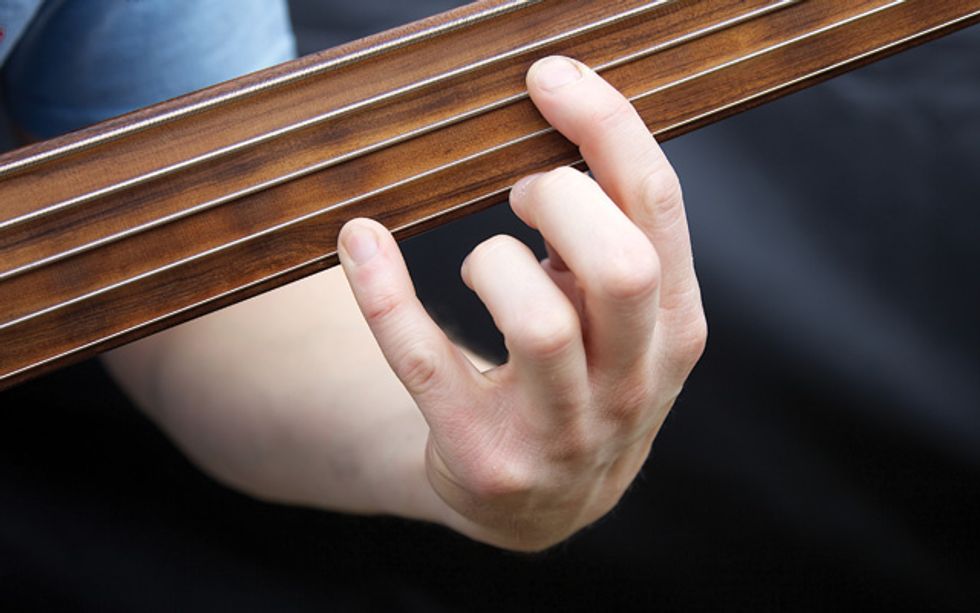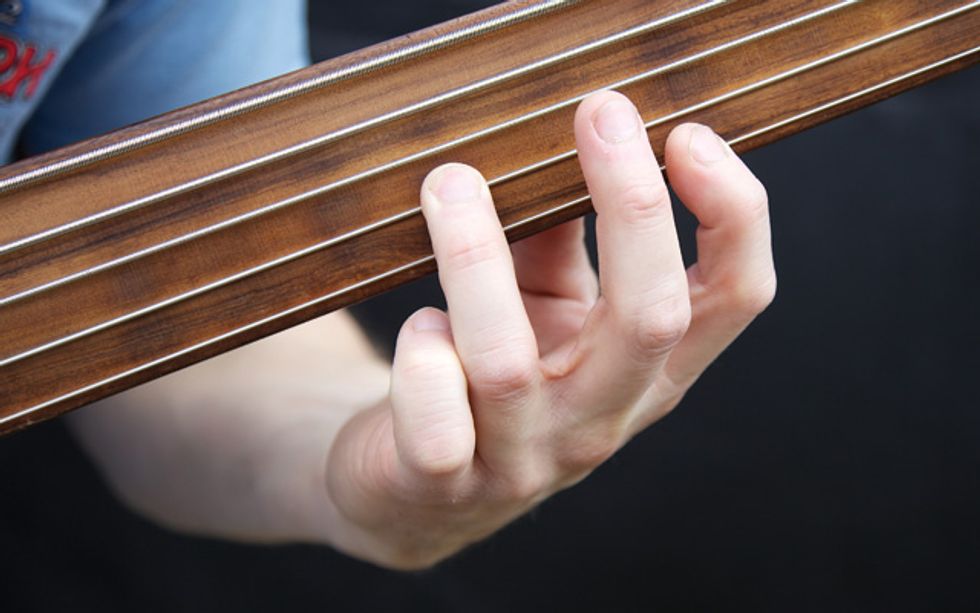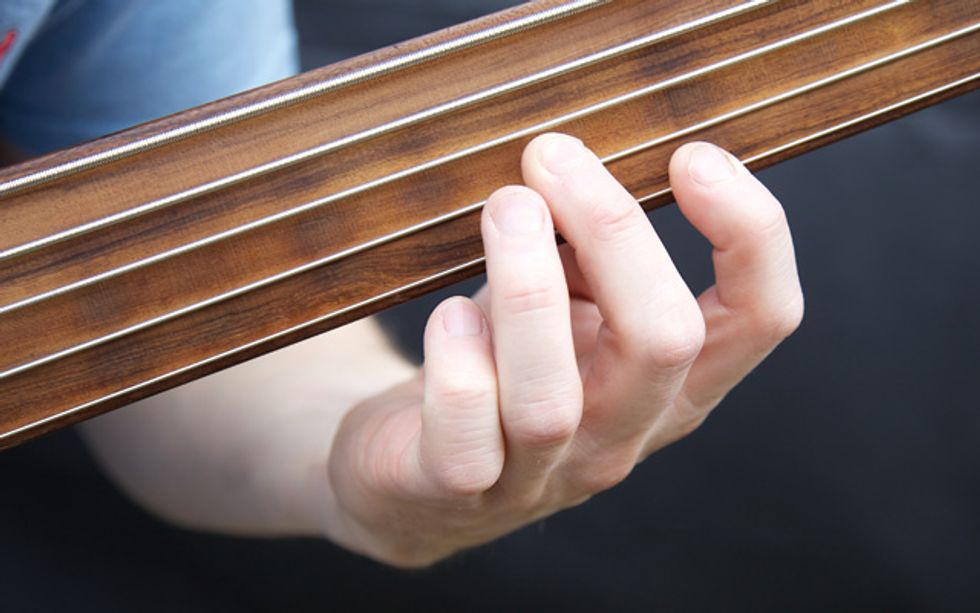If you listen to rock/pop radio, you’re always exposed to sonic trends, though those waves of popularity that certain sounds enjoy don’t last very long. For example, a lot of pop hits these days contain a dubstep breakdown, but I’m sure before long we’ll regard the dubstep breakdown as so two years ago. There are very few recorded sounds that could be considered a musical equivalent of, say, blue jeans—the very long-standing staple in the fashion world.
I’m old enough and lucky enough to have lived through quite a few of these trends. And as a consumer of music, this also means I often miss some of my favorite ingredients from the past in the musical cake I’m fed everyday—whether I’m walking through a shopping mall or driving in my car.
The sax solo certainly belongs on the list of sounds that were once heard everywhere, but eventually lost popularity. In songs from the ’50s all the way up to the ’80s, there was no other sound that could take the energy level even higher than that of a guitar solo. But for the past two or three decades, a sax solo in rock ’n’ roll would just get laughed at. Fortunately, recent hits by Lady Gaga and Katy Perry have featured some prominent saxophone solos, so we just might be seeing a comeback of sorts.
Perhaps the saddest loss of a musical sound that was once frequently heard on the radio is the fretless bass. It’s a sound so gorgeous and hypnotic that it sent me to the music store as a teen to purchase a fretless Fender just a few days after I first heard Paul Young’s “Wherever I Lay My Hat (That’s My Home).” I grew up loving bluesy guitar solos and saxophone leads because they sounded just like the human voice to me, so I was thrilled to discover that a bass guitar also had the ability to sound like somebody crying, whining, singing, or displaying some other human emotion.
If you play guitar (or pickstyle bass for that matter), the sound is determined by the vibration of the string caused by the piece of plastic in your picking hand and the fret material on your neck. When playing fretless bass, however, the sound you hear is produced by soft skin on both ends. The humanity is instantly more present than when playing a fretted bass or guitar.
I feel like my level of proficiency on a fretted bass does not vary that much between the days I am feeling “on” and days when I feel like I’m not playing particularly well. But with my fretless, playing is more like a stormy relationship with a beautiful woman: Some days I feel ecstatic and complete—like I am right where I am supposed to be in life—and on other days the fretless just wants to pick a fight and make my life miserable. Fortunately, on most days, the love between us flows freely.
There are some basic physical practices to make the move from guitar or bass to fretless bass smoother. I still warm up with the following exercises when I pick up my fretless because it reminds my eyes and muscles how things are supposed to look and feel. These exercises can be frustrating, but they produce great results.
Start with octaves and fifths—the two intervals that function as the foundation for bass lines in many musical genres. And note that it is very important to practice these in many different positions along the neck. When playing them in the low register, use your first and fourth finger (Fig. 1). Moving higher up on the neck, I use the first and fourth fingers, but the first and third might be more comfortable for some (Fig. 2). Once you’ve grasped the concept, try sliding this root/fifth fingering a whole-step down, say, from D to C with both the root and the fifth ringing. It produces a stunning effect that can be very effective in a big ballad, and when your octaves and fifths are in tune, you’ll have a solid foundation to play basic, fretless bass. Just listen closely for pitch, and take your time.
Fig. 1: A fifth played in the lower register of a 5-string fretless bass.
Fig. 2: In the upper register of a fretless bass, octaves (shown) or fifths are played with either the first and fourth or first and third finger.
The next step is to start using thirds and tenths (or thirds an octave up). This is decidedly harder and requires even more attention to pitch, but makes for an amazing sound, even when played on their own. Thirds sound better in a higher register since the notes are too close together sonically when played down low. The natural thing to do when playing minor thirds is to use your first and third finger (Fig. 3), but for major thirds, employing your first and second finger (Fig. 4) is the best way to go.
Fig. 3: For minor thirds, using your first and third finger will likely feel most natural.
Fig. 4: Using your first and second finger for major thirds is the best way to go.
Vibrato is an astoundingly important part of playing fretless bass. Make it too wide and it will make the whole band sound out of tune (or make you sound like a cello soloist). If the vibrato is not wide enough, you most likely will not infuse your fretless playing with that dramatic, human emotion that makes people love the sound of the instrument so much in the first place. Listening to great music that’s recorded with a fretless bass and then experimenting to see what you like will help you develop your own style of vibrato.
Because the sound of fretless bass is fairly uncommon in pop, rock, and country today, quite a few artists I’ve played with lately, or audience members that have seen me play recently, have come up to me after shows or sessions and told me how good it felt to hear the fretless again. It feels good to me to play it too. Partly because I feel like my whole soul is involved, and partly because it always makes me a little nervous—just like everything important in life should.
 Victor Brodén is a Nashville bassist and producer who has toured and recorded with more
than 25 major-label artists, including LeAnn
Rimes, Richard Marx, Casting Crowns,
and Randy Houser. His credits also include
Grammy-winning albums and numerous
television specials on CMT and GAC, as well as performances
on The Tonight Show and The Ellen DeGeneres
Show. You can reach him at vbroden@yahoo.com.
Victor Brodén is a Nashville bassist and producer who has toured and recorded with more
than 25 major-label artists, including LeAnn
Rimes, Richard Marx, Casting Crowns,
and Randy Houser. His credits also include
Grammy-winning albums and numerous
television specials on CMT and GAC, as well as performances
on The Tonight Show and The Ellen DeGeneres
Show. You can reach him at vbroden@yahoo.com.















![Rig Rundown: Russian Circles’ Mike Sullivan [2025]](https://www.premierguitar.com/media-library/youtube.jpg?id=62303631&width=1245&height=700&quality=70&coordinates=0%2C0%2C0%2C0)













